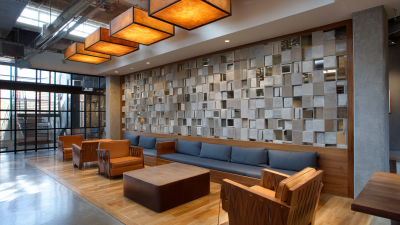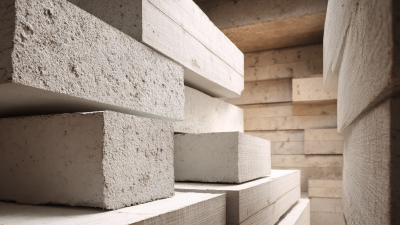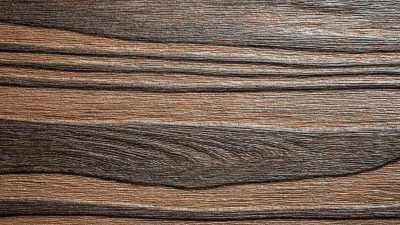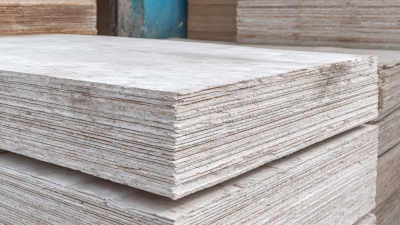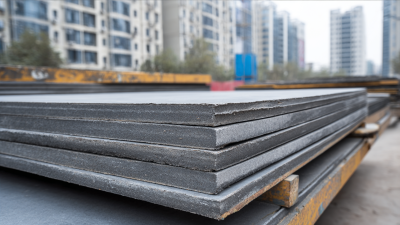How to Choose the Right Digital Print Board for Your Business Needs
As businesses increasingly turn to innovative printing solutions, the choice of a Digital Print Board becomes paramount in meeting diverse operational needs. According to a recent report by Smithers Pira, the global digital printing market is projected to grow at a CAGR of 4.3% from 2021 to 2026, emphasizing the significance of selecting the right printing technology to remain competitive. The right Digital Print Board not only enhances print quality but also improves efficiency and reduces waste, enabling businesses to adapt to the rapidly evolving market demands. With advancements in digital printing technology, understanding the factors that influence the selection process—such as material compatibility, print resolution, and production speed—has never been more essential for businesses aiming to leverage this transformative medium to its fullest potential.
Understanding Different Types of Digital Print Boards and Their Applications
When selecting a digital print board for your business, it's essential to understand the different types available and their unique applications. There are primarily three types of digital print boards: flatbed, roll-to-roll, and hybrid. Flatbed digital print boards are versatile and can print on a variety of materials, including wood, glass, and metal. They are ideal for businesses looking to create high-quality, custom signage or unique promotional items. This type of board excels in producing vibrant, detailed images, making it a great choice for businesses requiring high-resolution outputs.
Roll-to-roll digital print boards, on the other hand, are designed for handling flexible materials such as vinyl and fabric. These boards are perfect for creating banners, decals, or textiles. Their ability to produce large quantities of prints efficiently makes them suitable for businesses that need to meet high-volume demands quickly. Additionally, hybrid digital print boards combine the features of flatbed and roll-to-roll options, allowing for greater flexibility in material use. This versatility is beneficial for businesses that require varied outputs, providing an excellent balance between quality and efficiency. By understanding these types and their applications, businesses can make informed decisions that align with their specific printing needs.
How to Choose the Right Digital Print Board for Your Business Needs
| Type of Digital Print Board |
Material |
Application |
Durability |
Cost Range |
| Foam Board |
Foam core sandwiched between sheets |
Indoor signage, displays |
Moderate |
$10 - $30 |
| PVC Board |
Polyvinyl chloride |
Outdoor signage, displays |
High |
$20 - $50 |
| Acrylic Board |
Plexiglass |
Professional signs, awards |
Very High |
$30 - $100 |
| Aluminum Composite Board |
Aluminum and non-aluminum layers |
Billboards, outdoor displays |
Extremely High |
$40 - $120 |
| Cardboard Board |
Heavyweight paper |
Temporary signage, displays |
Low |
$5 - $15 |
Key Factors to Consider When Selecting a Digital Print Board for Your Business
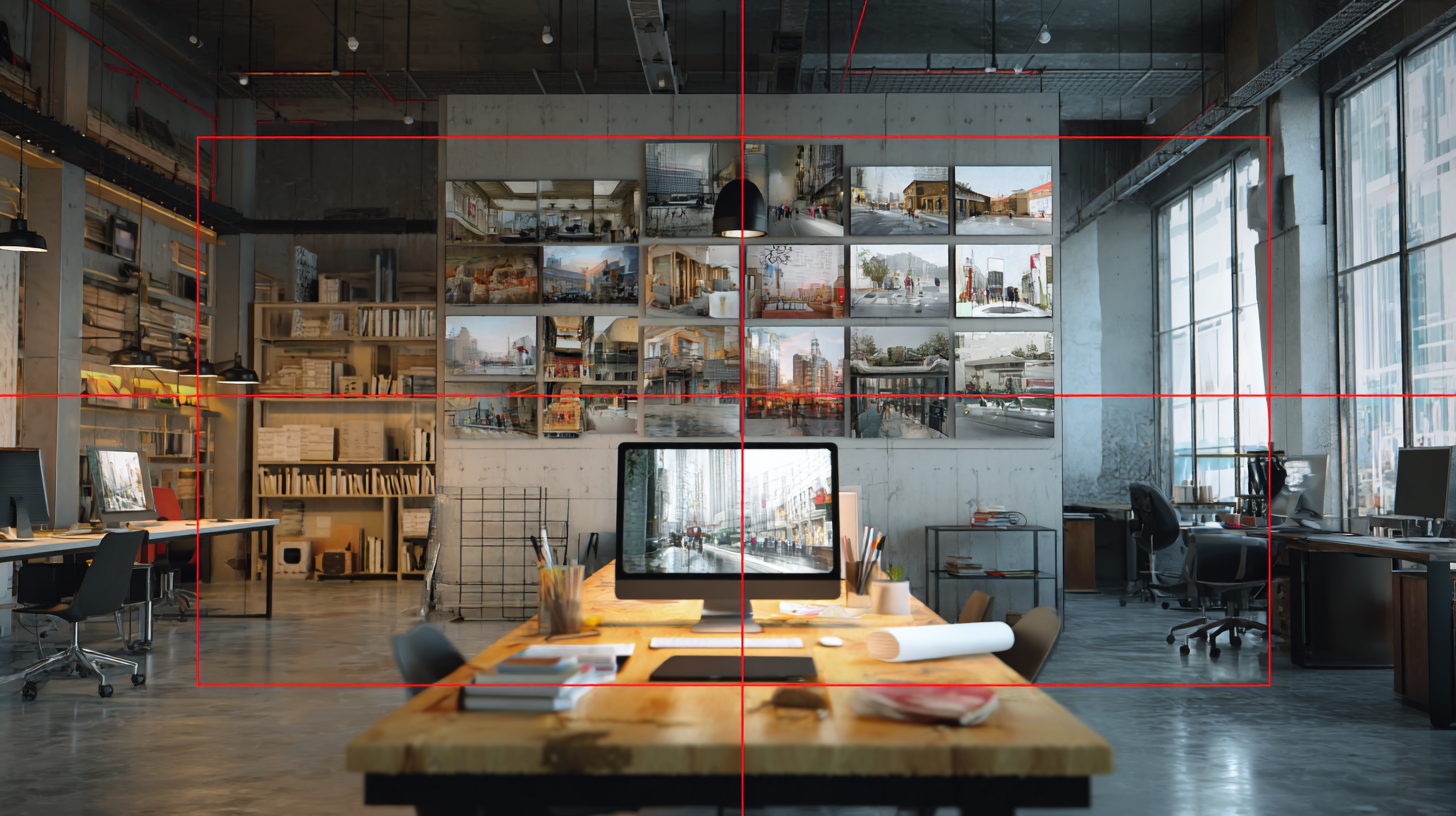 When selecting a digital print board for your business, several key factors should be considered to ensure you meet your operational needs effectively. First, assess the print technology that aligns with your requirements. According to a 2022 report by Smithers Pira, digital printing has seen a year-over-year growth rate of about 7% in the commercial sector, indicating a robust demand for high-quality prints. Businesses must evaluate whether inkjet or laser technology best suits their project scale and the type of materials you will be printing on, such as paper, plastic, or textiles.
When selecting a digital print board for your business, several key factors should be considered to ensure you meet your operational needs effectively. First, assess the print technology that aligns with your requirements. According to a 2022 report by Smithers Pira, digital printing has seen a year-over-year growth rate of about 7% in the commercial sector, indicating a robust demand for high-quality prints. Businesses must evaluate whether inkjet or laser technology best suits their project scale and the type of materials you will be printing on, such as paper, plastic, or textiles.
Another critical aspect is the board's compatibility with various substrates and its resolution capabilities. A study by the International Digital Printing Forum (IDPF) highlights that businesses using boards with higher print resolutions (above 1200 DPI) experience a 20% increase in customer satisfaction due to superior print quality. Additionally, considering the board’s ease of use and the availability of technical support is essential; this can significantly reduce operational downtime and improve overall productivity. Investing in the right features tailored to your business's needs will set the foundation for successful digital printing initiatives.
The Importance of Print Quality in Choosing Digital Print Boards
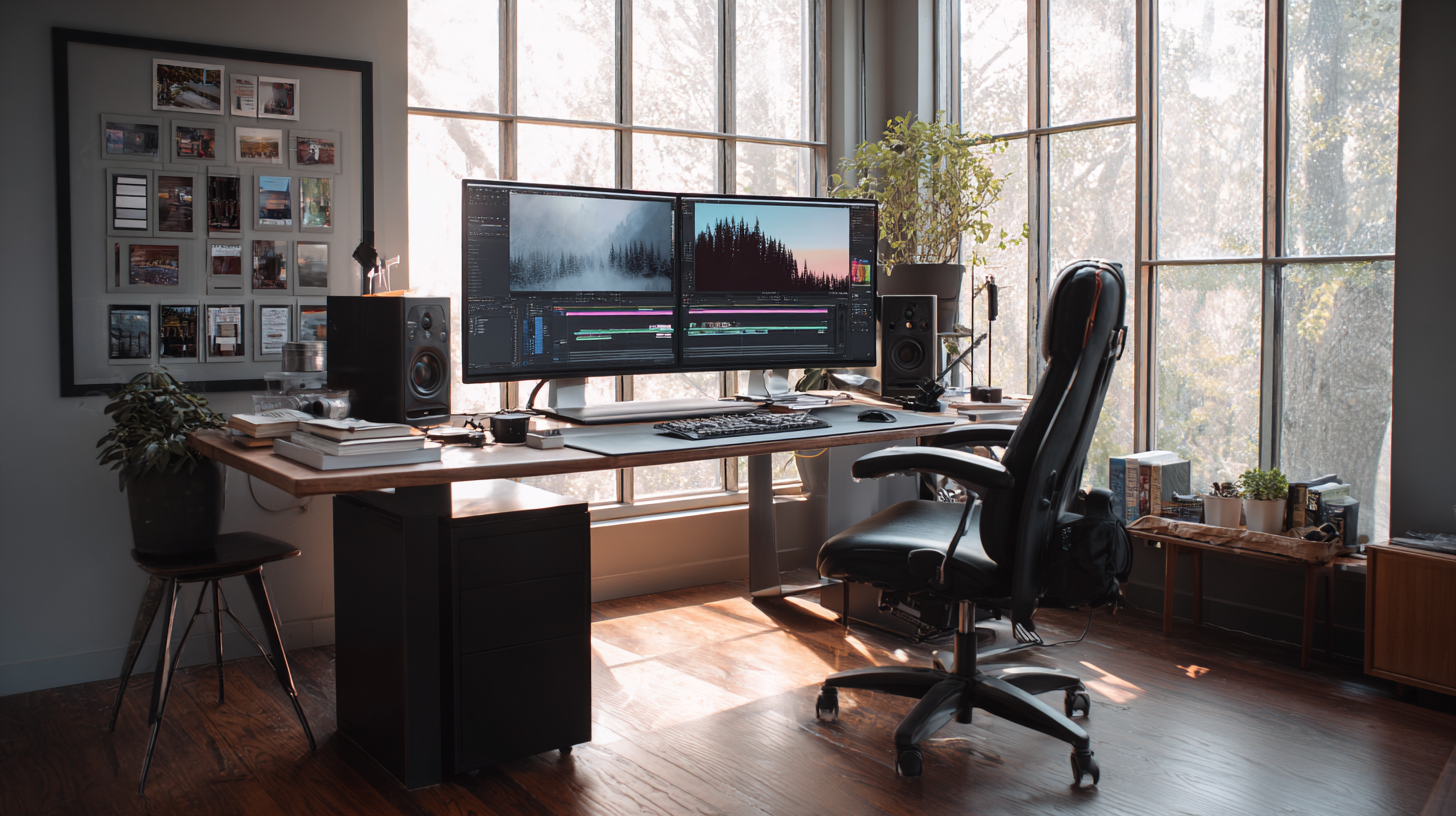 When selecting a digital print board for your business, the quality of print output should be your top priority. High-quality prints not only enhance the visual appeal of your marketing materials but also reflect the professionalism of your brand. A board that produces vibrant colors, sharp details, and consistent results can significantly impact how your customers perceive your services or products. Therefore, it is crucial to evaluate the print resolution and capabilities of different boards before making a decision.
When selecting a digital print board for your business, the quality of print output should be your top priority. High-quality prints not only enhance the visual appeal of your marketing materials but also reflect the professionalism of your brand. A board that produces vibrant colors, sharp details, and consistent results can significantly impact how your customers perceive your services or products. Therefore, it is crucial to evaluate the print resolution and capabilities of different boards before making a decision.
In addition to print quality, consider how the digital print board performs across a variety of substrates. Whether you’re printing on vinyl, paper, or fabric, the ability to maintain high print quality across different media is essential. A board that excels at producing rich colors and clear graphics on multiple surfaces will give your business the flexibility to explore various marketing avenues. Ultimately, the longevity and durability of prints should also be taken into account, as this ensures that your materials will withstand the test of time, maintaining their professional appearance for a longer period.
Evaluating Cost-Effectiveness: Budgeting for Digital Print Boards
When evaluating cost-effectiveness for digital print boards, budgeting is a crucial step that requires a blend of analysis and foresight. Businesses should begin by assessing their specific printing needs, such as volume and frequency, to determine the type of digital print board that best suits their operations. This foundational understanding allows for better alignment with budget constraints and long-term profitability.
Tips: Consider creating a detailed cost analysis that includes not only the initial purchase price but also maintenance, operational expenses, and potential energy savings. Comparing different brands and models can provide a clearer picture of total ownership costs over time, helping to make a well-informed decision.
Another essential tip is to factor in scalability. If your business is poised for growth, investing in a digital print board that can adapt to increased demand will save money in the long run. Seek options that offer upgrade paths or modular components, enabling you to enhance functionality without significant new expenditures. This forward-thinking approach can maximize your investment and minimize future costs.
Future Trends in Digital Print Board Technology to Watch For
As digital print board technology continues to evolve, businesses must stay informed about the future trends that could influence their operations. The increasing demand for OTT smart set-top boxes in China showcases a significant shift in consumer preferences towards advanced technology and user-friendly interfaces. By 2023, the country's set-top box shipment reached an impressive 79.3 million units, with IPTV boxes seeing steady growth, while traditional wired options faced stagnation. This trend emphasizes the importance of leveraging digital print boards that can incorporate advanced functionalities and support richer user experiences.
Moreover, the projected production of 451.4 billion chips in China by 2024 indicates a growing capability for manufacturers to innovate in the PCB industry. Businesses looking to invest in digital print boards should consider technology that not only meets current market demands but also anticipates future advancements. Boards equipped with higher integration levels and efficiency can play a crucial role in the scalability and performance of next-generation devices, enabling companies to remain competitive and responsive to the fast-changing landscape.
As such, choosing the right print board should focus on flexibility, technological compatibility, and the potential to incorporate emerging trends in digital technology.

Products
About Us
Download
News
Blog
Contact Us
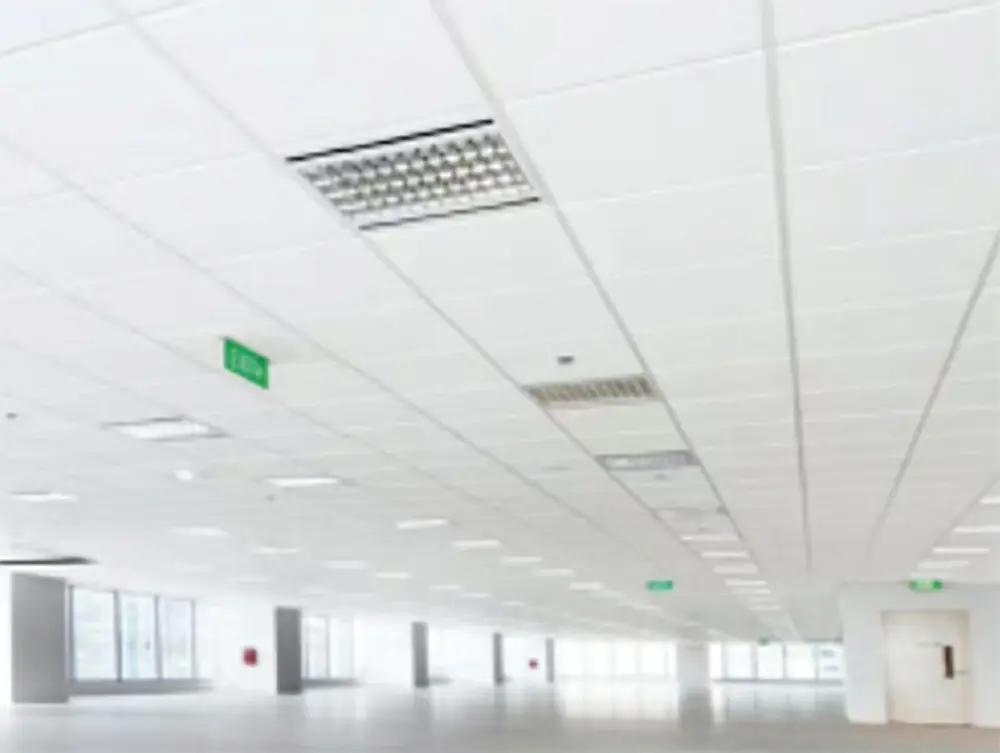 LEAO®Deco Ceiling
LEAO®Deco Ceiling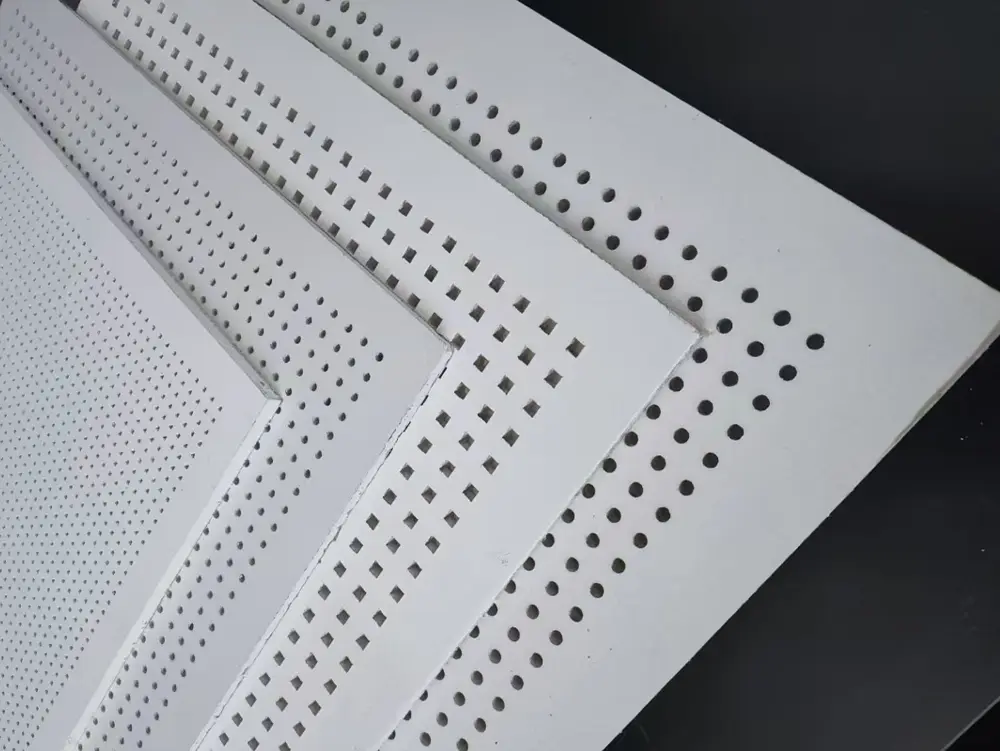 LEAO® Perforated Ceiling
LEAO® Perforated Ceiling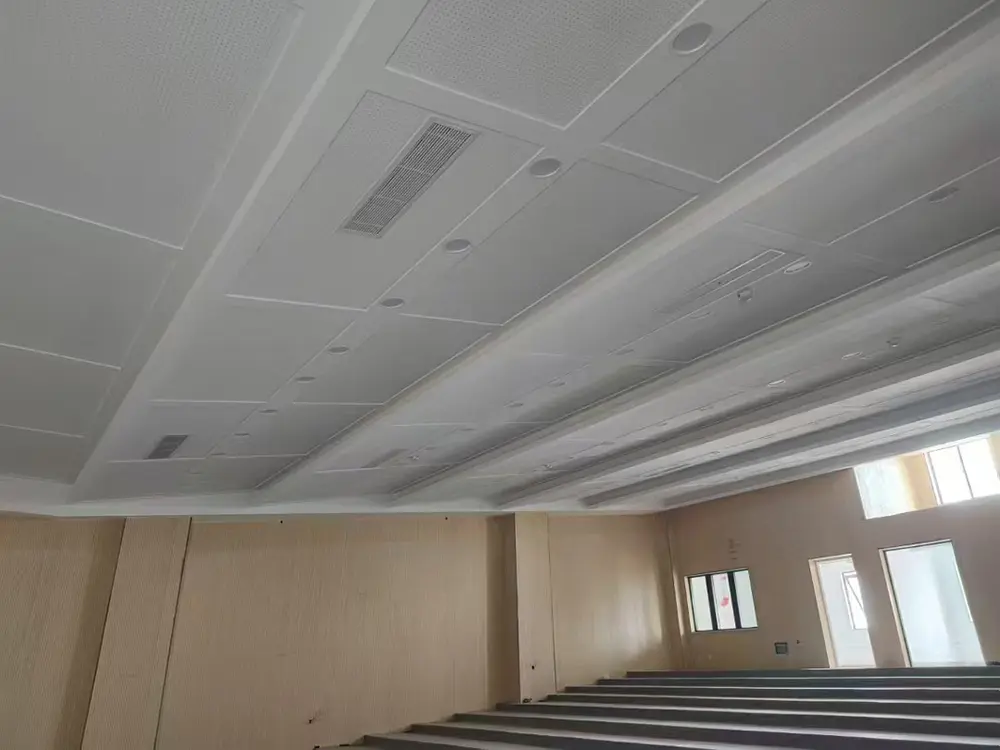 LEAO® Ceiling Board
LEAO® Ceiling Board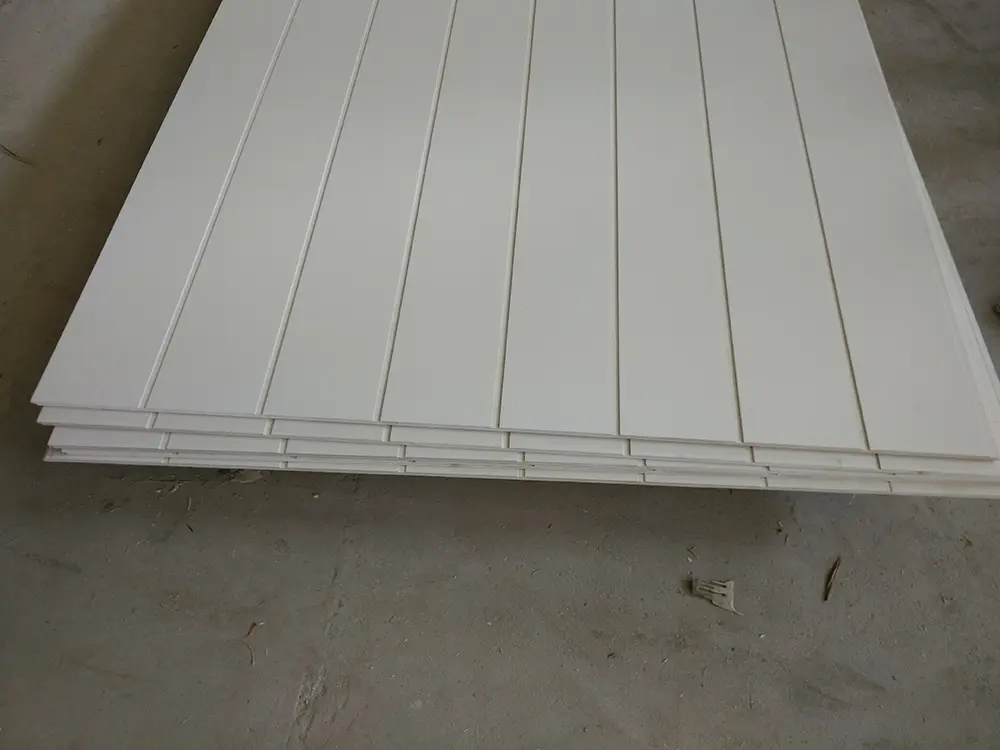 LEAO® Groove Interior Panel
LEAO® Groove Interior Panel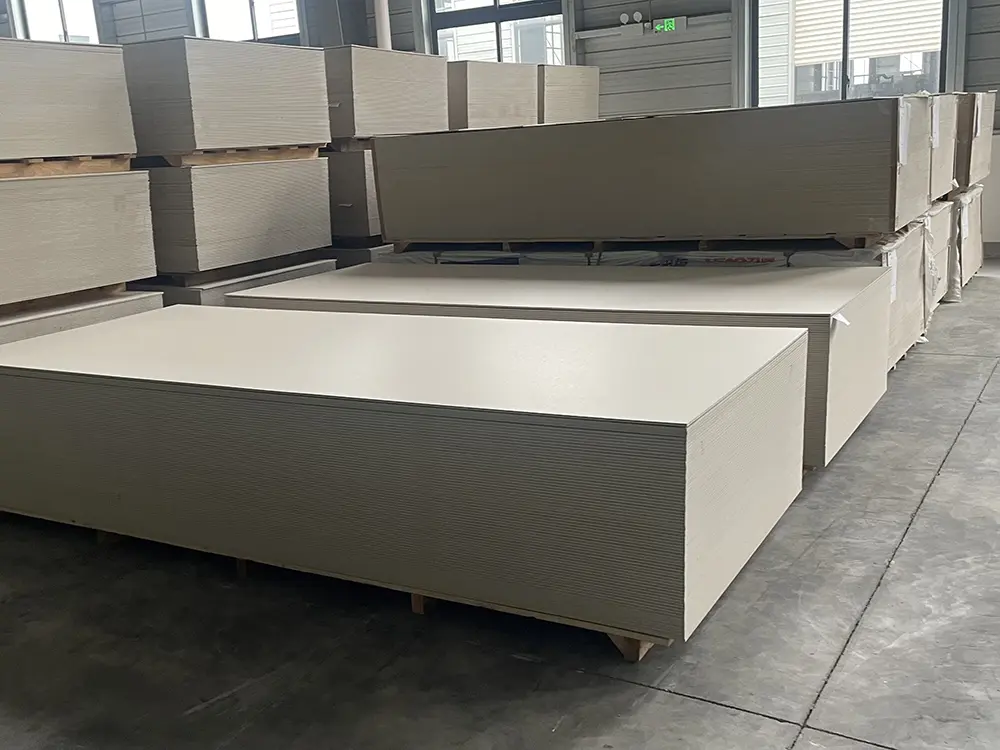 LEAO® Interior Board
LEAO® Interior Board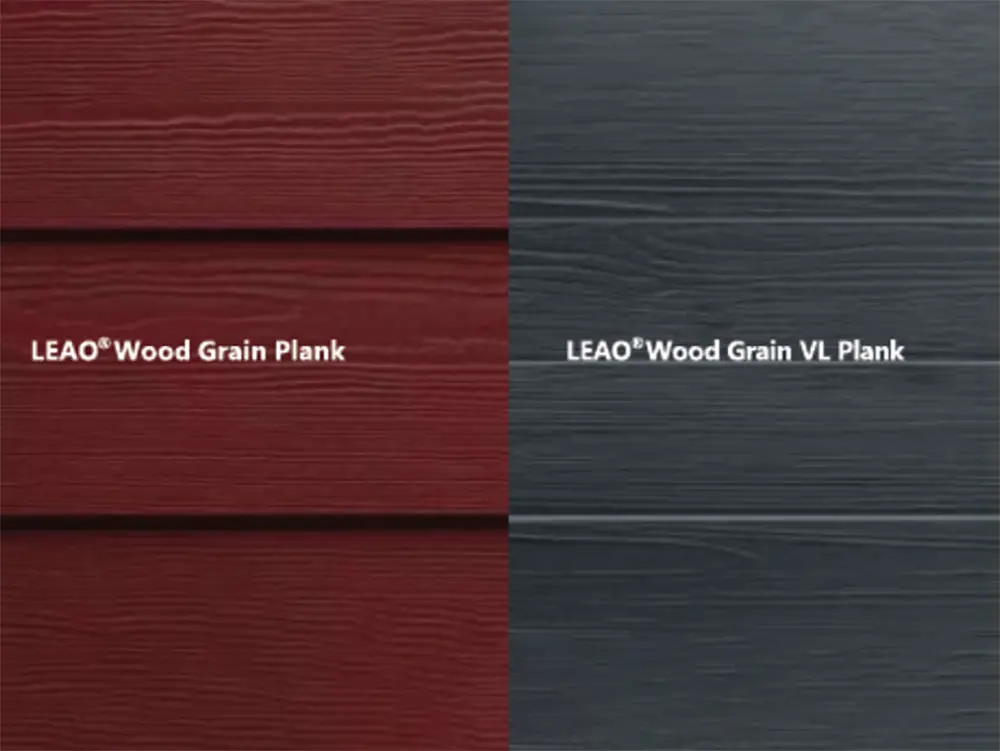 LEAO® Wood Grain Plank
LEAO® Wood Grain Plank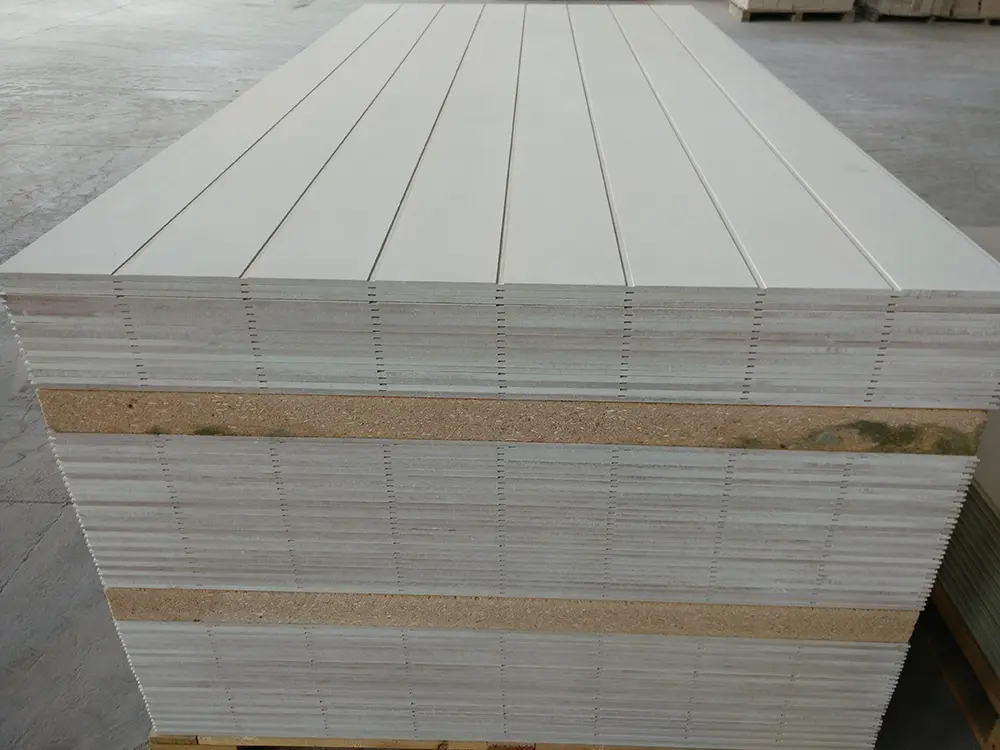 LEAO® Grooved Exterior Panel
LEAO® Grooved Exterior Panel LEAO® Weatherboard
LEAO® Weatherboard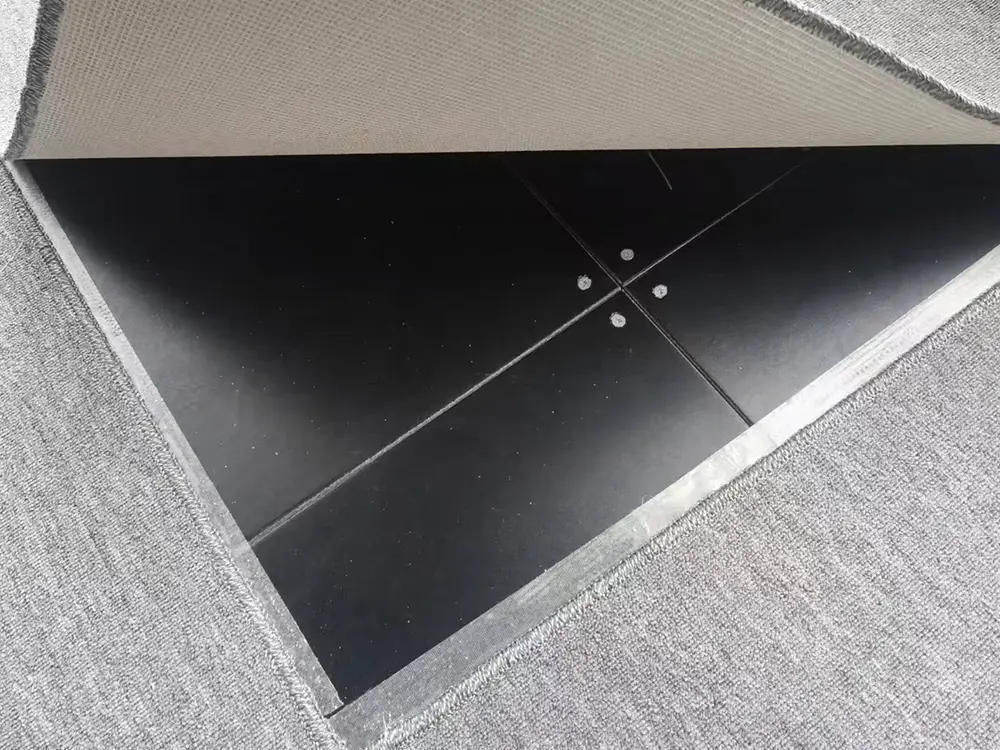 LEAO® Access Floors
LEAO® Access Floors LEAO® Non-removable Formwork
LEAO® Non-removable Formwork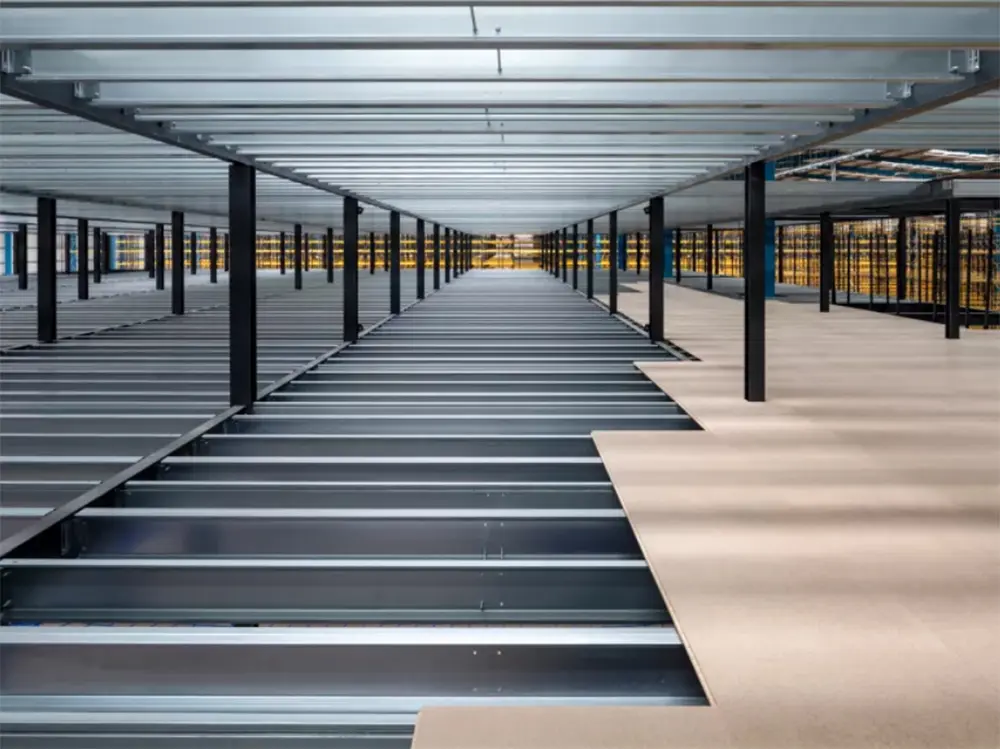 LEAO® Mezzanine Board
LEAO® Mezzanine Board LEAO® Ceramic Tile Underlay
LEAO® Ceramic Tile Underlay LEAO® Floor Plank
LEAO® Floor Plank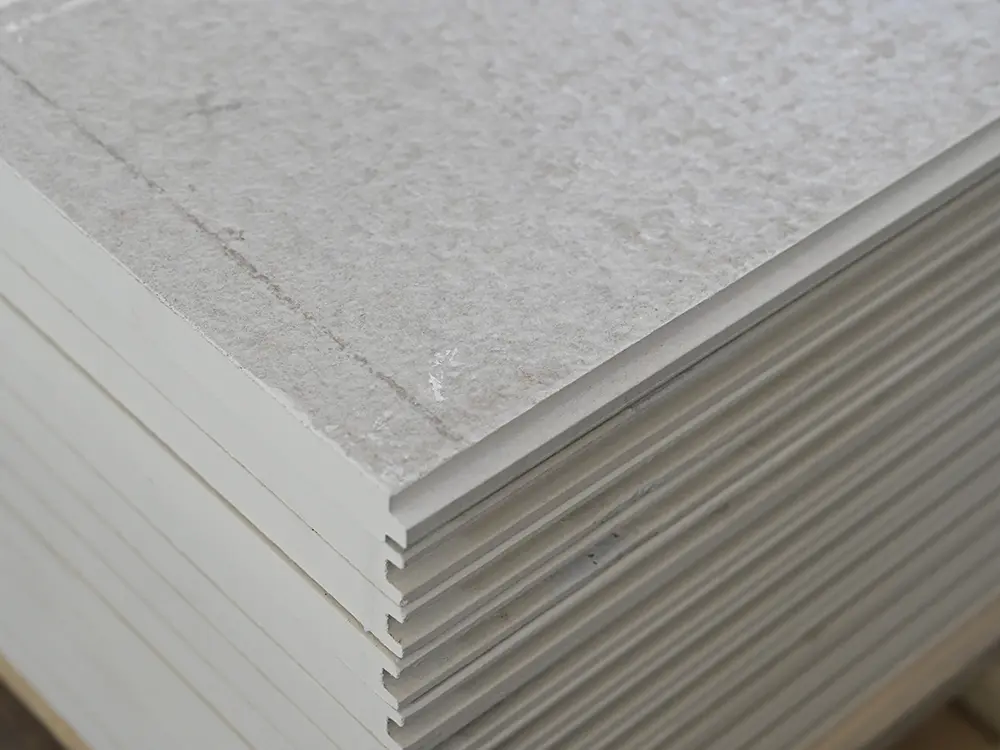 LEAO® Flooring
LEAO® Flooring LEAO® Wood Style Decorative Panel
LEAO® Wood Style Decorative Panel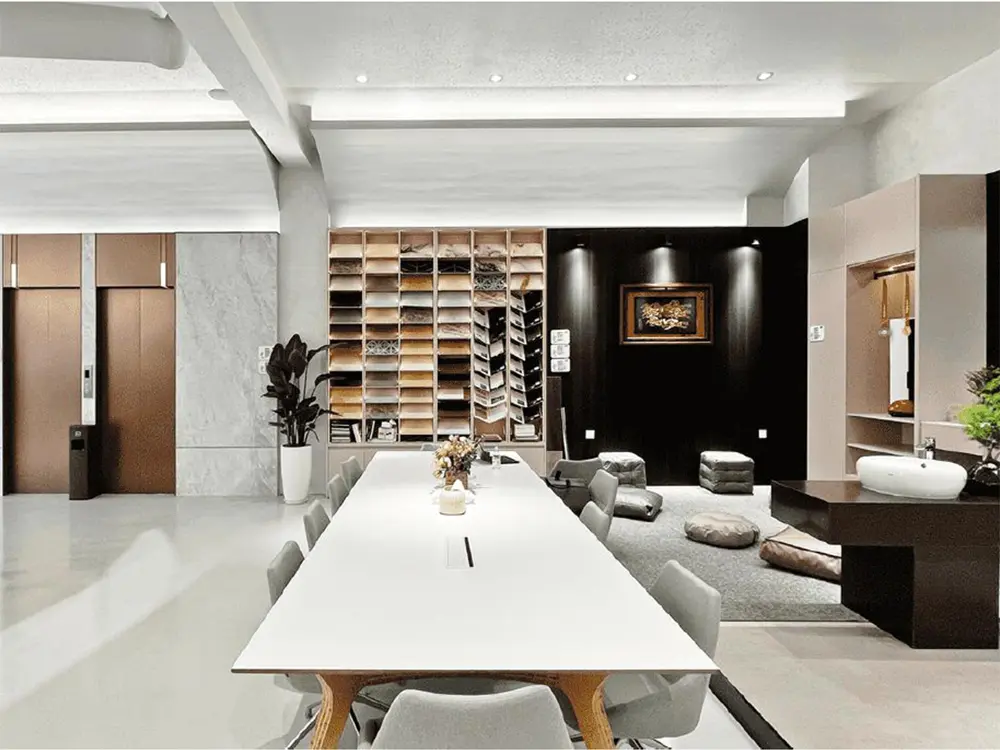 LEAO® Stone Style Decorative Panel
LEAO® Stone Style Decorative Panel LEAO® Pure Style Decorative Panel
LEAO® Pure Style Decorative Panel
 When selecting a
When selecting a  When selecting a digital print board for your business, the quality of print output should be your top priority. High-quality prints not only enhance the visual appeal of your marketing materials but also reflect the professionalism of your brand. A board that produces
When selecting a digital print board for your business, the quality of print output should be your top priority. High-quality prints not only enhance the visual appeal of your marketing materials but also reflect the professionalism of your brand. A board that produces 